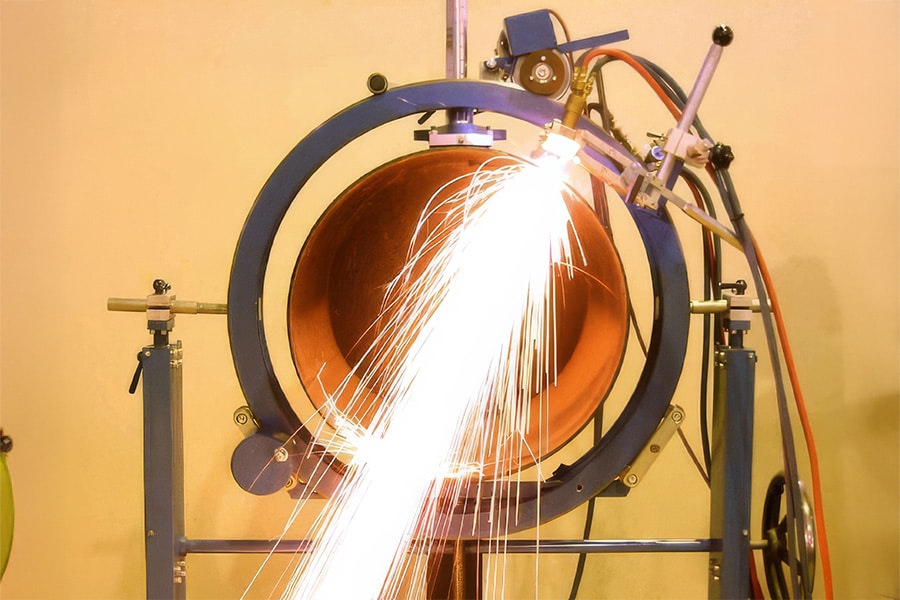
Cutting-edge technology for ever-increasing medical demands
The human body is a complex but functioning overall system. Until something goes seriously wrong. That's when high-performance medical technology is essential. That industry is constantly evolving, driven by ever-higher quality requirements. Tool technology makes all the difference. A good example is spinal technology.
The human skeleton consists of about 200 bones, which are held together and moved by over 600 muscles and numerous tendons. The organs, muscles, bones, blood vessels and nerves form a functioning overall system. The heart pumps over 6,000 liters of blood through the body at 100,000 heartbeats per day. But what happens once the body stops functioning properly or the skeletal structure is damaged? These are precisely the challenges facing medical technology. This industry is characterized by continuous, dynamic development. Manufacturers and therefore their suppliers are setting ever higher requirements: smaller, minimally invasive, more precise, safer and more tolerable for the body. These are just a few of the requirements that medical technology manufacturers must meet every day.
As a tool manufacturer, HORN continuously develops new tooling solutions and production strategies for the medical technology industry. From micro routers for the manufacture of delicate spinal implants made of titanium, to stabbing tools for an aluminum pump housing of a heart-lung machine.
Materials applied
Take swirl technology. High machining speeds, long threads with high surface qualities, deep thread profiles, short chips, multi-course threads are major advantages of the whirling process. However, in addition to the aforementioned advantages, users also face technical challenges. One important aspect is the materials used for the bone screws. The tool blades for the swirl plates are subjected to very high loads when machining titanium, stainless steels and other superalloys. To counteract cutting edge wear at the desired high machining volume and short machining time, tool manufacturers must constantly optimize and further develop the tools and methods used.
With the Jet swirls, HORN has a swirl system with internal coolant supply. As a result of direct cooling during cutting, the system enables high tool life. In addition, the system in combination with the stable swirl assembly leads to better surface qualities of the workpiece, and reduces the risk of chip accumulation between the cutting plates. Surface quality plays an important role in the manufacture of bone screws. Germs can accumulate in any groove or burr.

Bumping an inner hexagon
"A hexagon of titanium can be produced relatively easily with profile reaming. With cobalt-chrome, because of its high strength, reaming in series is hardly possible and the tool wear is significant," said a German medical technology user. Because of these problems, the HORN engineers suggested producing the hexagon socket by punching. This method ensures high precision and high process reliability, because the cutting plate geometry and carbide substrate can be easily adapted to the material being machined. Initial tests quickly led to the desired solution. "With the impact tool, precise fits can be made and the surfaces are of very high quality," said the user.
Implant 4.0
Digitalization has become increasingly important in recent years for implants as well. Intelligent implants are already used in pacemakers or in brain pressure control valves - adjustable by app, of course. One can only speculate what the future holds, but there is almost no part of the body that could not be controlled via an intelligent implant in the event of dysfunction: from bladder, epilepsy or brain stimulators and retina implants to dosing systems or artificial pancreas - the list gets longer the more scientists, doctors and technicians you ask about it.
Heeft u vragen over dit artikel, project of product?
Neem dan rechtstreeks contact op met Hartmetall-Werkzeugfabrik Paul Horn GmbH.
 Contact opnemen
Contact opnemen



